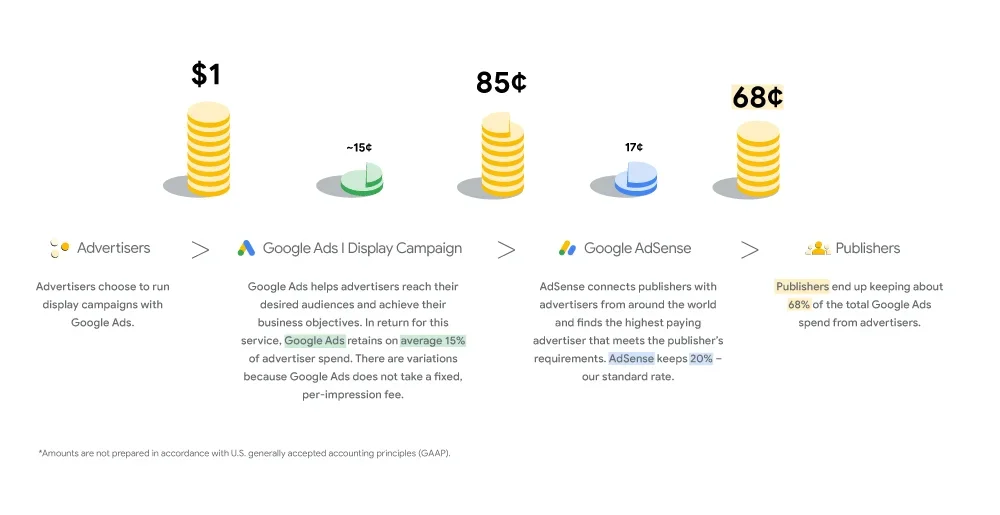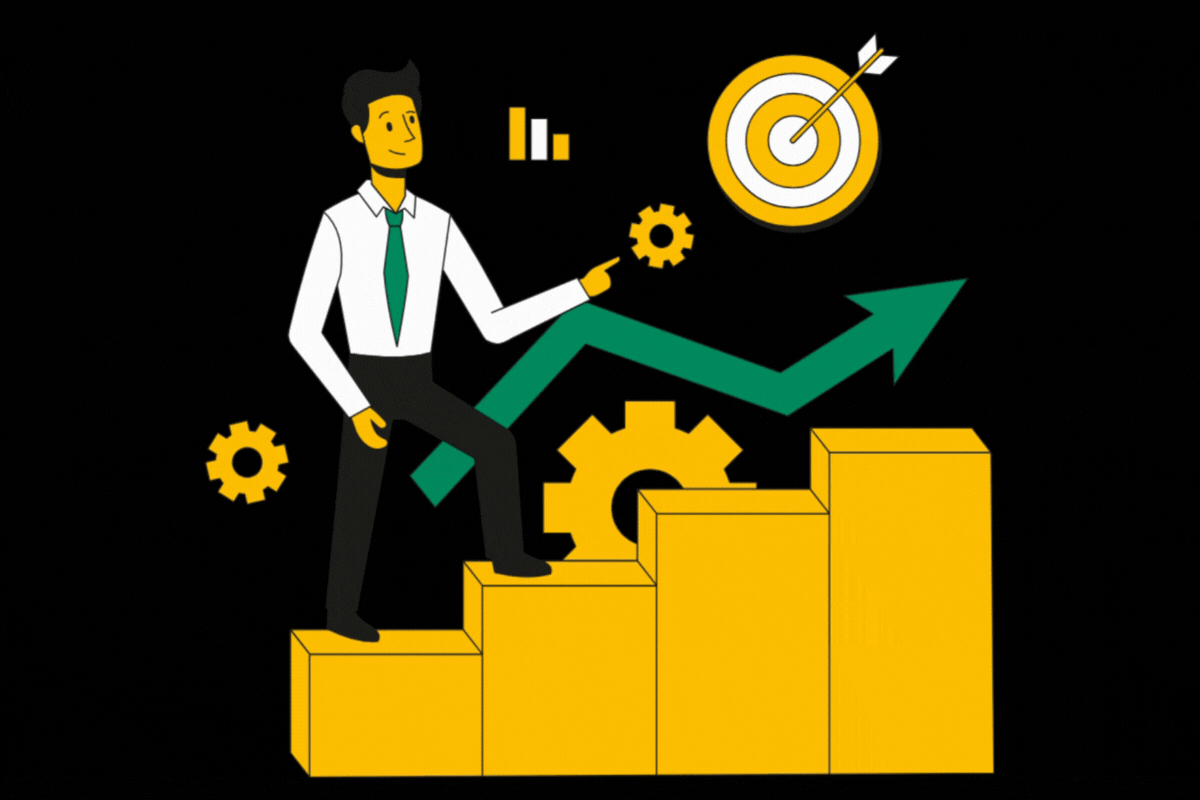Google AdSense was introduced twenty years ago so website owners could profit from their content. Google’s ad…
Google AdSense was introduced twenty years ago so website owners could profit from their content. Google’s ad network made digital advertising easier by putting publishers and advertisers worldwide in touch so publishers could sell ad space. Now, Google gives billions of dollars to their media partners every year through AdSense. This gives people (who make content) more time to do what they love: creating great content.
As the advertising business has changed, so have publications’ ways of making money. Website owners sell their ad space today through a mix of direct sales, ad networks, and sell-side platforms. They often use more than one technology at the same time.
This is why Google is making two changes: updating the way AdSense shares revenue and switching to paying publishers by impression instead of click. These changes will make it easier for publishers to compare the fees they get charged for the different technologies they use to make money. They will also make the process of getting media even more apparent.
With these updates, we don’t think that publishers will see a dramatic change in how much money they make.
Changing the way AdSense shares profits
The fee that AdSense charges for its service has been clear for years and is in line with rates in the industry. When publishers use AdSense to make money from their content, they earn 68% of the money they make.

The Google AdSense network is used to handle fees in a single transaction. They are now giving the buy-side and sell-side different rates for their share of the AdSense income. After the advertising platform takes its cut, whether it’s Google’s buy-side or a third-party platform, publishers will get 80% of the money made from AdSense ads on their content.
As an example, Google Ads keeps about 15% of the money advertisers spend on display ads on AdSense. There are differences because Google Ads doesn’t charge a set fee for each impression. Instead, many advertisers choose to pay when a user does something, like click or convert. Publishers will still get to keep about 68% of the revenue generated.
When advertisers buy display ads on AdSense through a third-party platform, publishers will keep 80% of the money made after the third-party platform takes its cut. Google has no say over or access to the fees that these third-party sites charge advertisers or the way that they figure them out.
This picture shows how a dollar from an advertiser turns into 68 cents of revenue for the publisher after buy- and sell-side fees are taken out.
AdSense Pay Per Impression Structure
Along with changing how Google splits revenue, AdSense will soon switch from pay-per-click to the pay-per-impression standard. With this change, publishers will be able to get paid more consistently for ad space on Google products and third-party platforms. This will help them compare Google to other ad tech companies they use.
It is important to know that this change will not affect the kinds of ads that websites can have or how many of them they can have. AdSense ad network publishers must follow AdSense rules and the Better Ads Standards. These rules say that publishers can’t use pop-ups or ads that take up most of the screen.
We think these changes will take place early next year. Publishers don’t need to do anything about these changes yet.
Advertising technology helps pay for the fun and interesting things we all like to read online. That’s why Google has put years of money into AdSense to make it easy for publishers of all kinds to make money and grow. However, this update does not mean you don’t have to create engaging content or fill your pages with more ads to get the impressions and more revenue.
This may become a problem in the long run as publishers will want more impressions on the ads and will place more ads on their websites instead of creating unique and exciting content. This will eventually lead to a bad user experience and less interest in their website, which would be bad for a publisher. So, we suggest you keep creating helpful content and place ads smartly to avoid getting penalties and generate more revenue from your platform.
Have questions about Header bidding wrapper and price granularity?
Schedule a free consultation with our Header Bidding Expert today 📞



